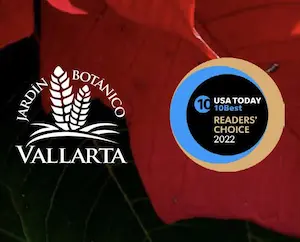Your cart is currently empty!
End of Harvest, Winterizing My Garden Part 1
As part of winterizing the garden, I shook the red orach plants so that the seeds are scattered everywhere. Orach seeds easily and I should have little red seedlings to greet me in the spring.
Greetings fellow gardeners,
The air is cooler each time I go outside. The chickens are not impressed, and I have been putting the tarps up around their enclosure. Winter preparations continue.
I have closed the vegetable garden. All of the vegetables have been harvested and the stems and leaves of everything but the tomatoes are given to the chickens. They are a great help when it comes to composting. While I compost almost all of my plants and weeds, I don’t compost the tomato plants. Tomatoes often have blight and other diseases no matter how careful you are, and my compost is not hot enough to kill the blight. I clean up the tomato area, give the fallen fruit to the chickens and put the stems and leaves of the tomatoes in the green bin. Sometimes I put them in a black plastic bag and let them cook in the sun and that kills the blight spores.
Alyssum
As part of wintering the garden, I shook the red orach plants so that the seeds are scattered everywhere. Orach seeds easily and I should have little red seedlings to greet me in the spring. My alyssum is still blooming, and I am hoping that it will self-seed. I haven’t had that happen in the past, but these plants are large and have lots of seed. I like having alyssum in the vegetable garden as they attract aphid predators.
Another step in of winterizing the garden, I emptied all of the pots that held my vegetables as well. Over the season most of the nutrients that were in the pots have been used up, but the soil does well in my compost. I store my pots in a little shed and throw out the damaged ones. I find that plastic pots tend to break after being in the sun for a few seasons. The clay pots are much tougher but do not want to be exposed to winter weather, so I store them as well.

Dahlia Tubers and Canna Bulbs
The other winterizing the garden chore I worked on this week was digging up dahlia tubers and canna bulbs. I leave them in the ground until it gets cold and then dig them out. It is not set in stone that you need to leave them in until frost; I just enjoy the blooms, so I leave them. The cannas were lovely this year and the bulbs came out all plump and happy. I also had a canna that I grew from a seed! It didn’t bloom this year, but the bulb was viable. My dahlias were late this year, I should have started them earlier inside. I have to figure out how I can do this with the too-many cats. I put the dahlias and cannas on newspaper to dry out a bit and wrapped them in netting so the too-many cats wouldn’t bat them all around the basement. As they dry, I will wrap them loosely in newspaper and put them in paper bags or boxes.

The wood pile is almost finished, and the pots are nearly all put away. Soon I will be planning next year’s garden and hoping for a great gardening season. Enjoy your week. Judith.
Contact Judith through her Website https://www.lapisdragonarts.com/. Find more weekly Veggie Bites experiences on the Veggie Bites page.
About the Author
Share with Family and Friends
Featured Authors
Visit a Botanical Garden For Unique Experiences.
Comments
Logging in to comment gives you more features, but it is not required.
Subscribe
0 Comments
Oldest













